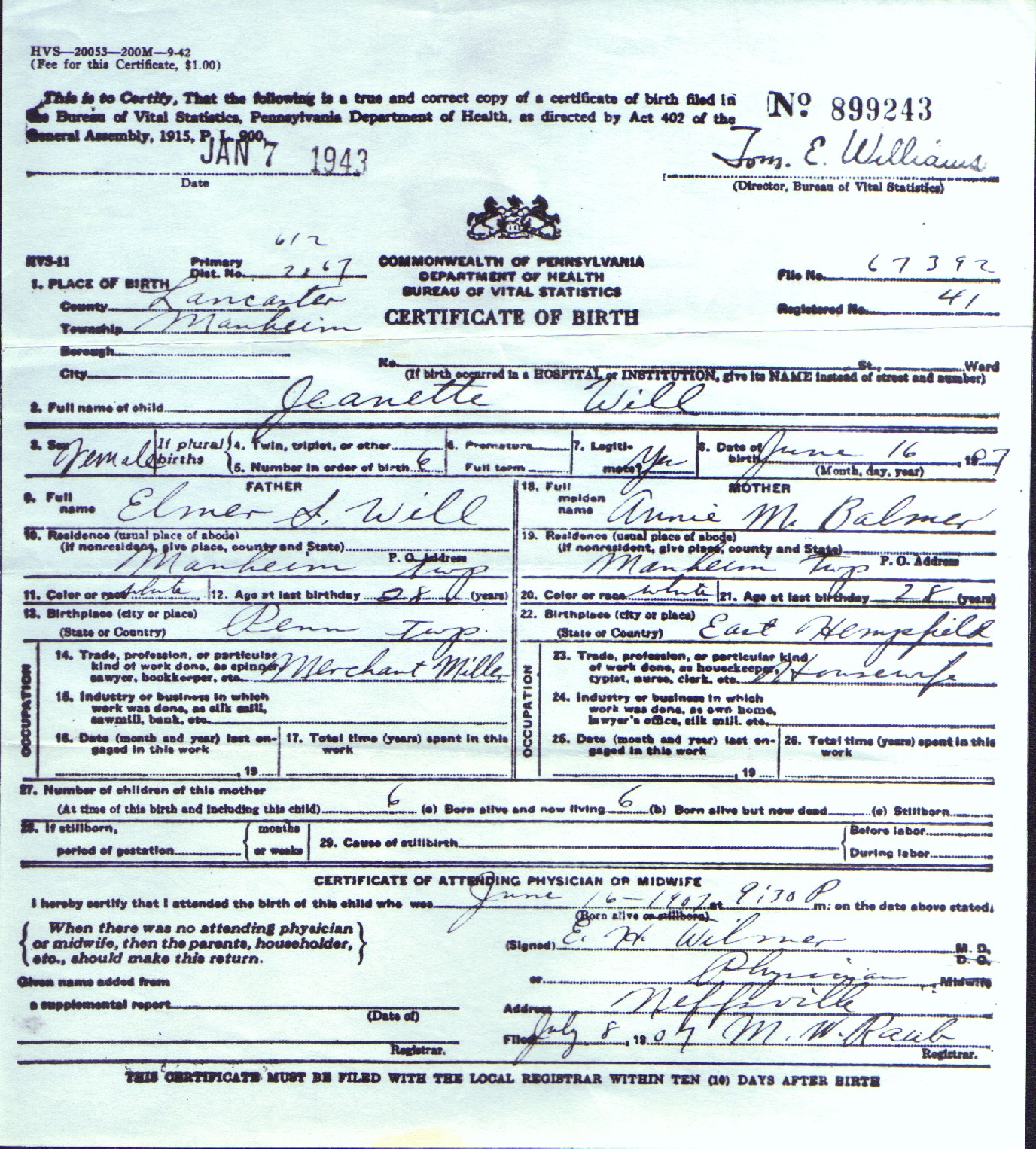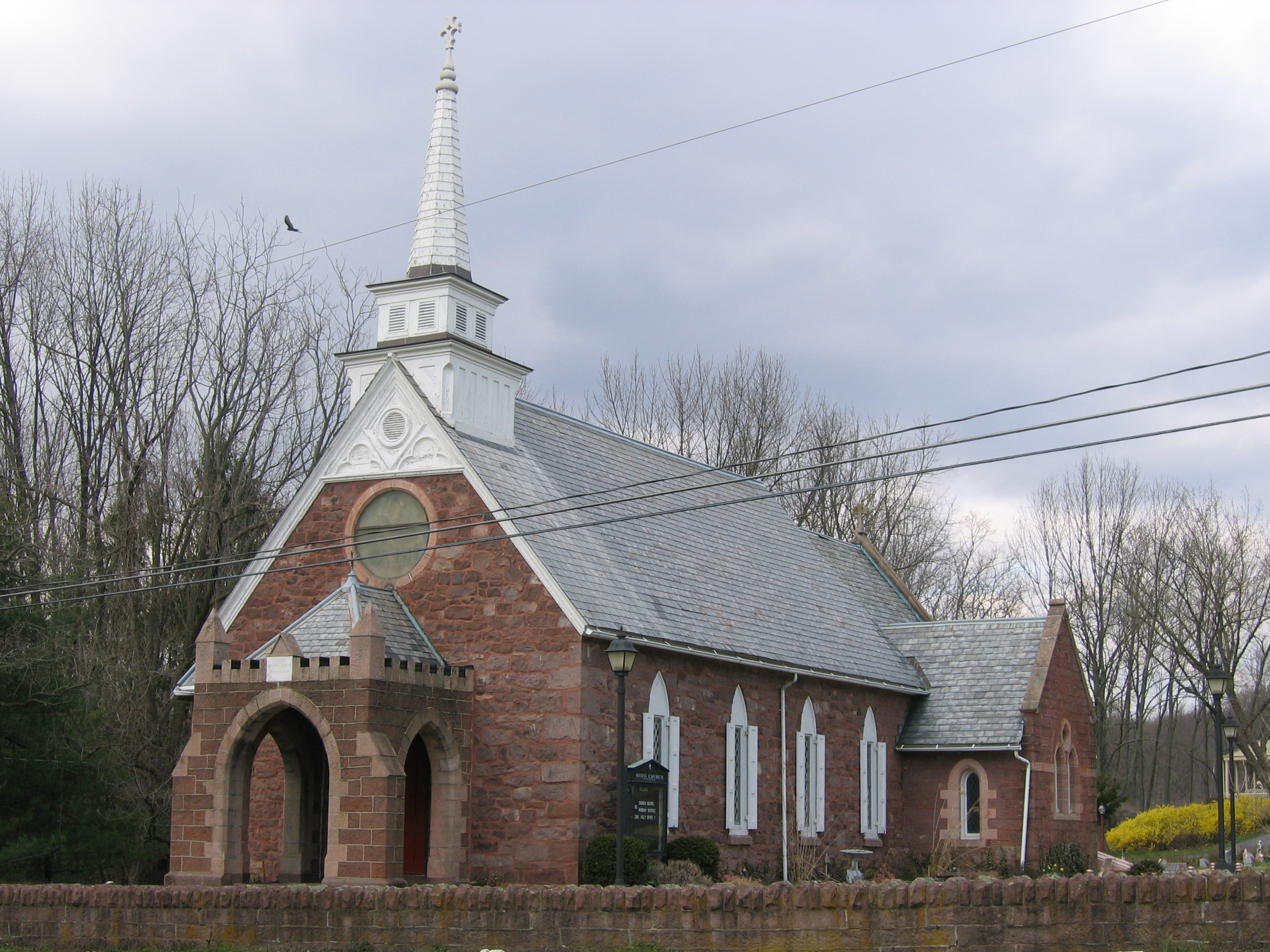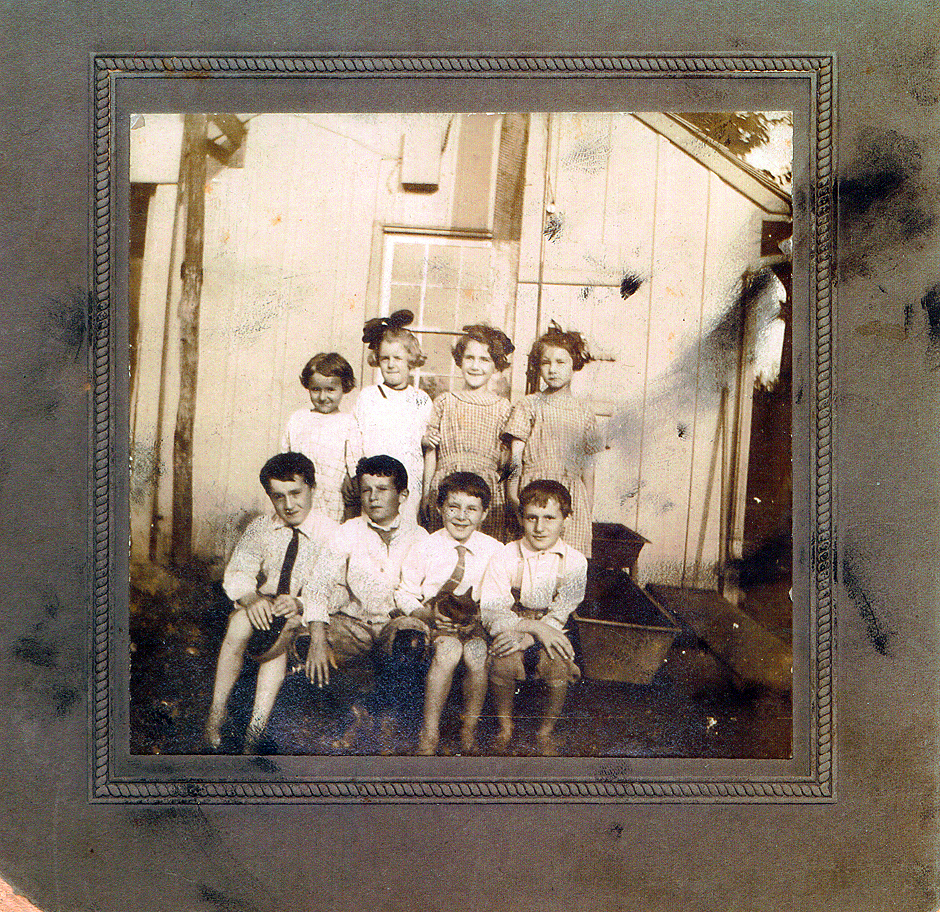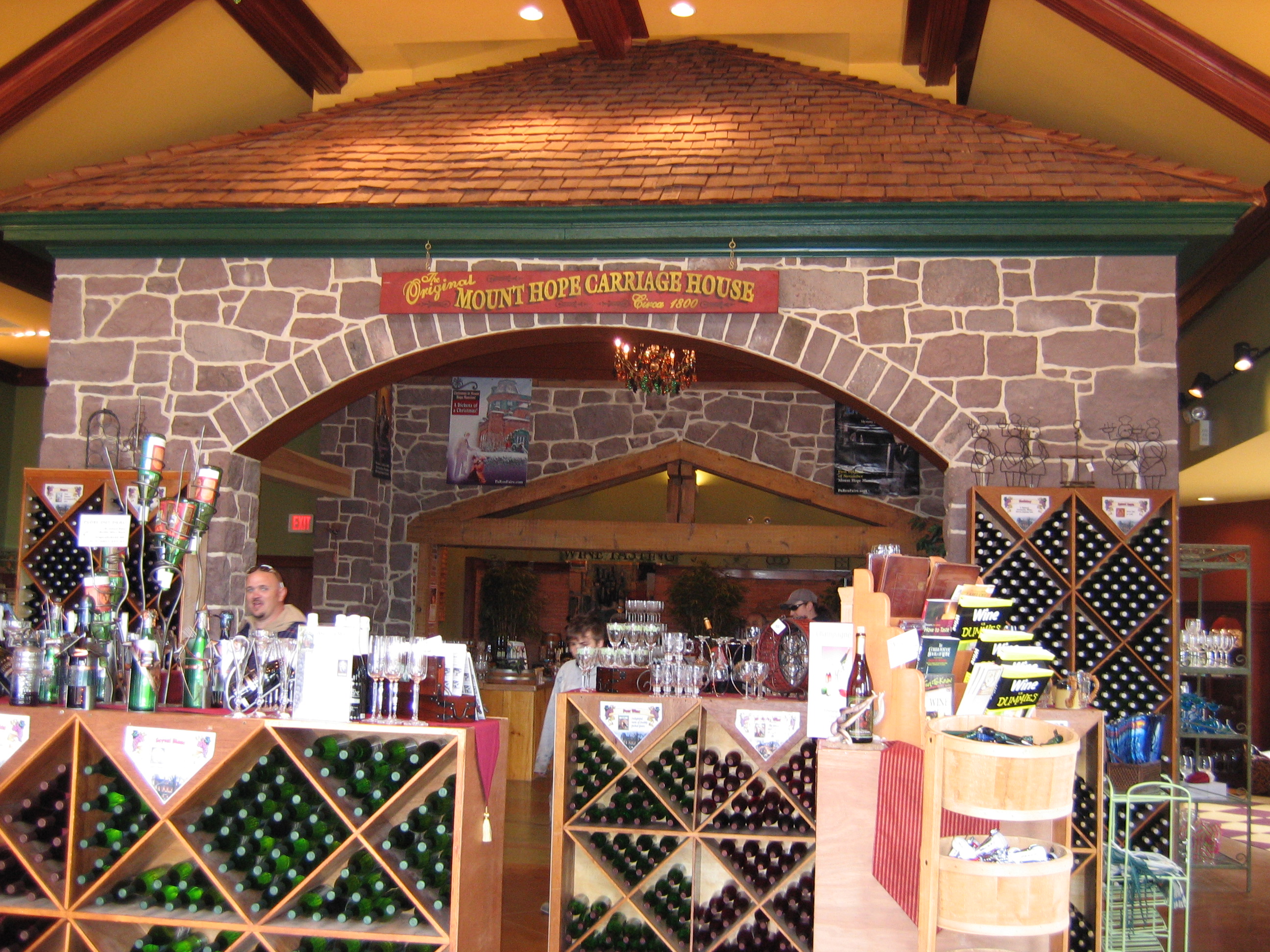It sounds like the bad start of a children’s story…”Will Bill go to the Will Mill? Bill will climb a hill to reach Will Mill.” However, this writer is no Dr. Seuss, and this article discusses the Will family’s multiple generations of connection to Penn Township, Pennsylvania.
The real Will Mill, or to be precise, the E. S. Will Feed gristmill, represents the entrepreneurial spirit of the Will family.
 Will family oral history has recounted a connection to a grist mill near Manheim, Pennsylvania. In the 19th century, grist mills played an important role, processing grain for humans and animals and serving as a central gathering point in society. While some of the circumstances are undocumented, there is enough available information to assume the Will family is connected to the mill located on Mansion House Road in Mount Hope, Manheim, Pennsylvania. Several historic properties in Mount Hope still exist, including the Grubb mansion, the blacksmith and the gristmill. These properties are roughly visible from Interstate 76 (Pennsylvania Turnpike) near exit 266. The land has a lovely view of the low-lying edges of Pennsylvania’s beautiful Appalachian mountains.
Will family oral history has recounted a connection to a grist mill near Manheim, Pennsylvania. In the 19th century, grist mills played an important role, processing grain for humans and animals and serving as a central gathering point in society. While some of the circumstances are undocumented, there is enough available information to assume the Will family is connected to the mill located on Mansion House Road in Mount Hope, Manheim, Pennsylvania. Several historic properties in Mount Hope still exist, including the Grubb mansion, the blacksmith and the gristmill. These properties are roughly visible from Interstate 76 (Pennsylvania Turnpike) near exit 266. The land has a lovely view of the low-lying edges of Pennsylvania’s beautiful Appalachian mountains.
Peter Will was born in April 1856, to John and Maria Will. John was a blacksmith, and his family had been in Pennsylvania for several generations. They had documented connections to Penn Township from at least 1840. When Peter was six, Penn Township saw a Civil War skirmish on June 30, 1863, known as the Battle of Hanover. This skirmish was influential in the outcome of the subsequent battle at Gettysburg, not in a victory for either side (it ended in a standoff), but in the additional toll it took on the strength of the battle-weary Confederates.
 In about 1878, Peter married Lizzie (surname unknown), and they remained in Penn Township. Peter’s father John, now a farmer, still lived nearby. Peter became a miller at some point between 1880 (when his occupation is noted as “laborer”) and June 21, 1900, according to census records. His son, Elmer S. Will, shared this occupation that year. Elmer was a twenty-year-old newlywed and father. He had married Anna “Annie” Mary Balmer one year previously and had sired a baby boy, Emmert, one month before the census. Children Omer, Lloyd, Edith, and Ruby followed in rapid succession. By June 16, 1907, Elmer’s occupation was upgraded to “Merchant Miller,” according to his daughter Jeannette Will’s birth certificate.
In about 1878, Peter married Lizzie (surname unknown), and they remained in Penn Township. Peter’s father John, now a farmer, still lived nearby. Peter became a miller at some point between 1880 (when his occupation is noted as “laborer”) and June 21, 1900, according to census records. His son, Elmer S. Will, shared this occupation that year. Elmer was a twenty-year-old newlywed and father. He had married Anna “Annie” Mary Balmer one year previously and had sired a baby boy, Emmert, one month before the census. Children Omer, Lloyd, Edith, and Ruby followed in rapid succession. By June 16, 1907, Elmer’s occupation was upgraded to “Merchant Miller,” according to his daughter Jeannette Will’s birth certificate.
 For a period of time, Elmer was proprietor of a grist mill, according to verbal family history and with evidence from a grain sack from the period displays his name: “E. S. Will Feed, Mount Hope, PA.” [insert here]. Based on the location of the grist mill, the stream and the extremely tiny size of the Mount Hope, it appeared likely to locals I interviewed and to me, that the gristmill currently standing in Mount Hope and Elmer’s grist mill appear to be one and the same.
For a period of time, Elmer was proprietor of a grist mill, according to verbal family history and with evidence from a grain sack from the period displays his name: “E. S. Will Feed, Mount Hope, PA.” [insert here]. Based on the location of the grist mill, the stream and the extremely tiny size of the Mount Hope, it appeared likely to locals I interviewed and to me, that the gristmill currently standing in Mount Hope and Elmer’s grist mill appear to be one and the same.
In any case, the census indicates that Elmer rented his home, so it is possible that his home and the grist mill were part of the same rented property. His landlord would have likely been Miss Daisy Elizabeth Brooke Grubb (1850-1936), proprietress of the Grubbs Mansion, which included 30,000 acres. Built by wealthy early American iron master Clement Grubbs as a summer “mountain” home [insert here] in Mount Hope, the Grubb Mansion has been placed on the National Register of Historic Places. Daisy enlarged and remodeled the ten-room Mansion in 1895, “Victorianizing” the home while still preserving the most important elements of the earlier structure [insert here]. Locals indicated that Daisy was known for taking the neighborhood kids to the theater in Lancaster on Saturdays or providing a doctor when one was needed. Who knows whether the Will children, who lived so close to the mansion, were ever recipients of her largesse? (The Mansion is now located at 83 Mansion House Rd., and the house is still standing as the focal point of the Pennsylvania Renaissance Faire and Mount Hope Winery property (source: http://www.parenfaire.com/).
Along with other historically-significant buildings, the grist mill assumed to be Elmer’s is located at the bottom of the hill from Grubbs Mansion, fairly close to the stream [insert here]. It must be assumed that either the path of the stream was closer or that the volume of water running through the stream was considerably larger a hundred years ago, to provide the power to run a grist mill. Locals indicated that there was also a blacksmith in one of the nearby houses [insert here]. (Could either of these have been the blacksmith shop where John Will had worked in 1850?) Another nearby landmark visible during  Elmer’s time was Hope Church (Episcopal). It was founded in 1848 and is located at 2425 Mountain Rd. (the corner of Mountain Road and Mount Hope Road). According to a real estate brochure about the mansion, “Old abandoned carriage roads are still in existence in the backwoods leading several miles north to the Cornwall Furnaces, which are now preserved as part of Pennsylvania’s Trail of history.” The Cornwall Iron Furnace site provides additional context: “Originally built by Peter Grubb in 1742, the furnace underwent extensive renovations in 1856-57 under its subsequent owners, the Coleman family, and closed in 1883.” (Cornwall Iron Furnaces http://www.cornwallironfurnace.org/ is now part of a National Historic Landmark District.)
Elmer’s time was Hope Church (Episcopal). It was founded in 1848 and is located at 2425 Mountain Rd. (the corner of Mountain Road and Mount Hope Road). According to a real estate brochure about the mansion, “Old abandoned carriage roads are still in existence in the backwoods leading several miles north to the Cornwall Furnaces, which are now preserved as part of Pennsylvania’s Trail of history.” The Cornwall Iron Furnace site provides additional context: “Originally built by Peter Grubb in 1742, the furnace underwent extensive renovations in 1856-57 under its subsequent owners, the Coleman family, and closed in 1883.” (Cornwall Iron Furnaces http://www.cornwallironfurnace.org/ is now part of a National Historic Landmark District.)
According to oral history, Elmer invested money unsuccessfully in the stock market, thereby losing his grist mill. By 1910, he had moved to 534 Cedar Street, Reading, Berks County, Pennsylvania, and changed careers, becoming a salesman in a meat market. Anna’s brother Andrew also lived  in Reading and was a Bookkeeper for Morrison Company; he, his wife Viola, and children George and Martha lived nearby on 137 North Second St. This circa 1912-1913 picture [insert here] shows the Will children with their cousins. The back row shows tiny Jeanette Will, Martha Balmer, Ruby Will, and Edith Will. On the front row are Emmert Will, George Balmer, Lloyd Will and Omer Will.
in Reading and was a Bookkeeper for Morrison Company; he, his wife Viola, and children George and Martha lived nearby on 137 North Second St. This circa 1912-1913 picture [insert here] shows the Will children with their cousins. The back row shows tiny Jeanette Will, Martha Balmer, Ruby Will, and Edith Will. On the front row are Emmert Will, George Balmer, Lloyd Will and Omer Will.
Later, Elmer left the “big city” of Reading and returned to his roots in Penn Township. When the census was taken on January 19th, 1920, his occupation is listed as “laborer;” however, a bit of a renegade, Elmer was known via verbal family history to have traveled to Canada to be part of a gold rush. (It is unknown whether he was actually away on this jaunt when the census occurred or whether they included him in absentia.) Given the timing (before or during the Roaring Twenties) and the location, Elmer probably would have been involved in the Klondike gold rush. Nonetheless, when he returned after about a year in Canada, his son, Emmert, met him with a shot gun and told him to “leave or else.” Elmer complied, and the family never saw him again. There is no record of him in a subsequent censuses from either the US or Canada.
One and one-quarter miles away from Mount Hope is Elstonville, Pennsylvania, where Elmer’s son Lloyd lived with his family in either one of the town’s two brick houses. (The first is at the corner of Lebanon and Mount Hope Road [insert here]; the second is about 1/8 mile down on Lebanon Road [insert here].) According to Rich Will, Elmer’s grandson, Lloyd Will, worked at Daisy Grubbs' mansion in his teenage years, which would probably have been in the late 1930s or early 1940s. Lloyd's job was to guide visitors' horses & carriages from the bottom of the hill to the front door of the Victorian-styled mansion. This aerial view of the property provides a visual similar to what Elmer would have known [insert here]. Presumably he would have then led the carriages back into the carriage house and the horses to the stable. According to  Mount Hope Winery, apparently the stable burned to the ground not too long after this; however, the carriage house is still preserved within the Mount Hope Winery building.
Mount Hope Winery, apparently the stable burned to the ground not too long after this; however, the carriage house is still preserved within the Mount Hope Winery building.
Sadly, Elmer’s actions drove Annie to a state of mental instability. Unable to live alone, she lived with various family members until she died in the 1940s.
 Subsequent generations of Wills and their children remain in Lancaster County. These later generations will continue to learn about centuries gone by, where farming and flour and feed were so integral to survival. Children like mine will visit Mount Hope and learn about their roots. And while the grain milled for their Pennsylvania Dutch pretzels may not have come from their great-great grandfather Elmer’s gristmill, they agree it tastes great nonetheless!
Subsequent generations of Wills and their children remain in Lancaster County. These later generations will continue to learn about centuries gone by, where farming and flour and feed were so integral to survival. Children like mine will visit Mount Hope and learn about their roots. And while the grain milled for their Pennsylvania Dutch pretzels may not have come from their great-great grandfather Elmer’s gristmill, they agree it tastes great nonetheless!
I offer many thanks to family members Ray Will and Rich Will for sharing their valuable memories and for allowing me to include various photographs. Each element Ray and Rich provided has been critical in researching this article. Also, I appreciate Julie at Mount Hope Winery for spending time with me on the phone and at the Winery, helping me locate various landmarks and providing history of the Grubbs property. Census records were all provided by www.Ancestry.com and copies are available upon request. Finally, I offer special thanks to my husband Barry and children Xander, Ashton and Alexa Will, who chauffeured or rode along as I led the family on a photographic safari through Manheim, Pennsylvania.
For more information on the history, engineering, renovation and preservation of Pennsylvania grist mills, including water wheel terms, take a look at the collected resources available at the nearby Newlin Grist Mill site (https://newlingristmill.org/millzone/enthusiasts.htm).
More information can also be found by following these links to resources for Manheim Township and for Penn Township.